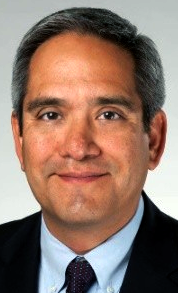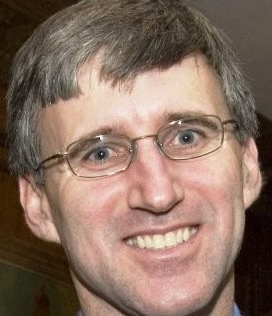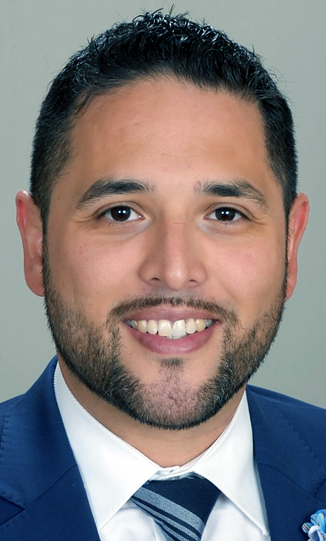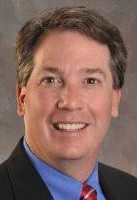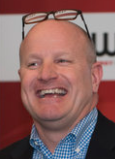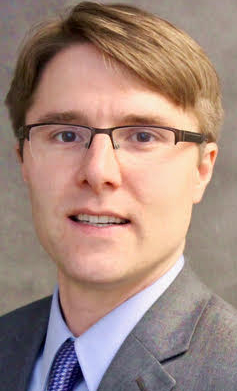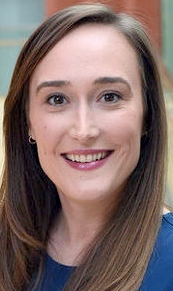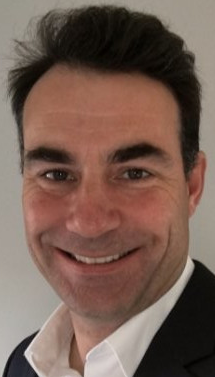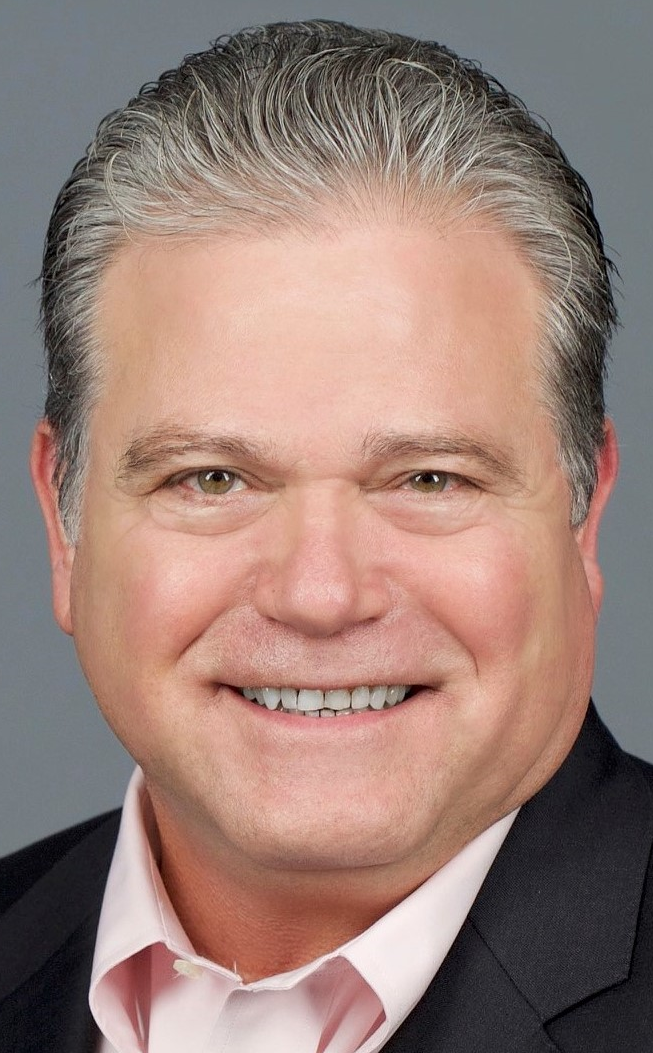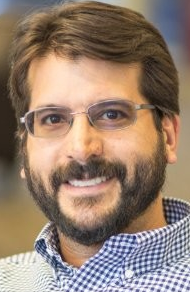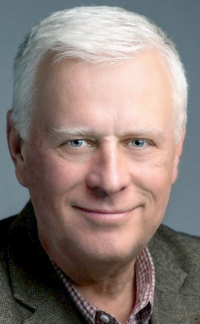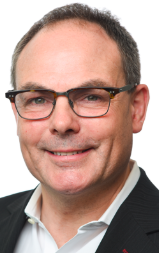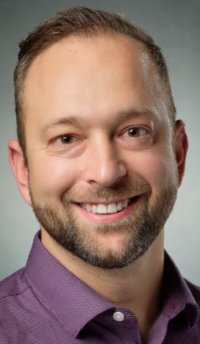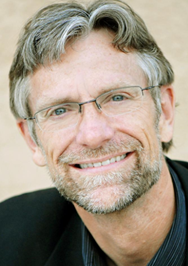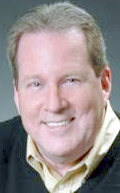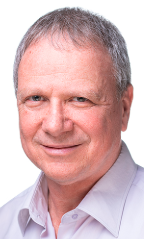Agenda |
|
Note: All times are CDT
8:30 - 9:30 Distributed Energy Resources: Meeting Consumers' Needs
As the need to move away from traditional energy sources and strengthen the grid intensifies, distributed energy resources (DERs) are increasingly becoming part of the solution. Based on SECC's "Distributed Energy Resources: Meeting Consumer Needs" consumer research, this session will explore what consumers know about DERs, what benefits they expect, what barriers hinder adoption, how programs should be delivered and more. Panelists will also provide recommendations that can help drive consumer awareness and engagement around various distributed energy resources, including rooftop solar, battery storage, microgrids, community solar, demand response and more.



|
|
9:30 - 10:00 Networking Break in Chat Area
10:00 - 11:00 Navigating Grid Modernization: From the Customer to the Transmission System
Utilities continue to add sensors, communication equipment, and new technologies to the grid in order to adapt and modernize the grid while making it more reliable and resilient. This panel will address continuous strategic planning for grid modernization as each utility faces its own challenges while exploring and implementing the associated new assets and processes. The panel will also discuss the methods used for defining projects from concept to wide stage deployment and how to transition between stages. While historically grid modernization has centered on the distribution system and customer applications, changes on the transmission system are also occurring. Some learning objectives of the panel are:
- How transmission fits in with grid modernization
- Lessons learned in scoping projects and programs
- Tips for developing a roadmap or strategic plan
- Describing and quantifying the value of grid modernization initiatives



|
|
11:00 - 11:30 Networking Break in Chat Area
11:30 - 12:15 Asset Health Monitoring and Predictive Maintenance using Machine Learning and AI
Historically, utilities and energy companies have utilized preventative maintenance tactics to maintain their critical assets such as generators, underground cables, overhead lines, substation equipment, wind turbines, etc; which involves following a predetermined fixed schedule to regularly inspect and service assets. Predictive maintenance, on the other hand, is not dictated by a predetermined schedule; rather, targeted areas for maintenance are dictated based on predictive analytics. To operate the electric system reliably, it is crucial to identify the cause of potential faults or failures before they have an opportunity to occur. This session will provide an overview on how to develop Predictive Maintenance applications using Machine Learning, AI, IoT to predict failures and anticipate when an asset will fail or need maintenance.


|
|
12:15 - 12:45 Networking Break in Chat Area
12:45 - 1:15 Keynote Address

|
|
1:15 - 1:30 Networking Break in Chat Area
1:30 - 2:30 Managing Grid Modernization Complexity: Establishing Visibiity and Control
Grid Modernization is complex and requires more than simply connecting more grid edge technologies to the grid and upgraded communications. With more complex technologies connected and two way communications, utilities are struggling with visibility and control over such resources. Control can be accomplished through distributed resource energy management systems and/or through pricing of services, and sales back to the utility (in the case of solar and storage) -- so price signals can help determine the load profile of such technologies.
Utilities need to upgrade IT and OT systems to handle all of the new information and complex billing required, including MDM and ADMS. This panel will discuss the intricacies of upgrading MDM at three operating companies from a PMO and CMO perspective, as well as SI and support services. Key lessons learned to date will be discussed.


|
|
2:30 - 3:00 Networking Break in Chat Area
3:00 - 4:00 Compelling Use Cases for Long Duration Storage on the Future Grid
Utilities must understand where and how they can best capture value from long duration storage given the megatrends driving the grid of the future including: renewable penetration, renewable generation + storage (with 4-hour discharge Li-ion batteries), decarbonization, electric vehicles, growing distributed energy resources, reliability and resilience.
How will these mega-trends would be affected by long duration energy storage? For example, renewable penetration and decarbonization cannot go forward without an increase in storage duration. EV charging may well need storage to meet pea k charging demands, though probably not long duration; same is likely true for DERs. Furthermore, reliability in a renewable and decarbonized grid will rely on long duration storage, as will resilience to provide power while the grid is being repaired after a natural disaster such as fire or earthquake.


|
|
4:15 - 5:15 Electric Vehicle Charging Infrastructure and its Impact on the Grid
More demand is placed on the grid each year as more consumer products as well as the industrial sector require more energy to operate. There are conservative estimates that by 2040 half of all new vehicle sales will be electric. This likely will lead to more workplaces and retail locations offering charging stations as property amenities. With level two charging at 4 to 7 kW per charging station, there will be increased electric demand on properties and increased draw on the grid. How will the increased demand affect properties? How will the increased demand affect transmission and distribution? How is the infrastructure equipped to handle DC fast charging (120 kW) and extreme fast charging (350 kW+), battery storage? This panel will provide views from a major electric utility; a producer of EVSE and distributed energy storage solutions; and a producer of intelligent energy conversion systems, energy storage and bidirectional charging infrastructure.




|
|
9:00 - 9:45 The Role of Microgrids and Customer and Utility DERs in Grid Modernization
The recent wave of natural disasters across the United States and world have created a demand for the integration of microgrid architectures into the power distribution system. Wildfires, hurricanes, and earthquakes can destroy critical transmission and distribution interconnections and, in many cases, require utilities to disable circuits while assessments and repairs are made, further exacerbating the difficulties faced by affected communities.
In the face of these challenges, some utilities are developing innovative new business models to provide their customers with resilience using microgrid and DERMS technology. This session will look at utility case studies for projects in the US and Australia where microgrids and a mix of customer and utility DERs are being deployed to support community resilience, improve grid operations, and increase renewable energy usage.

|
|
9:45 - 10:00 Networking Break in Chat Area
10:00 - 11:00 Decarbonizing the Energy Mix: Market Drivers, Implications and Directions Forward for Utilities
The power sector plays a pivotal role in any scenario for substantially decarbonizing the U.S. economy by mid-century. The sector must substantially reduce its emissions even as demand for power rises as other sectors switch from fossil fuels to electricity to reduce their own carbon emissions. Decarbonizing the power sector requires a multi-faceted approach that could include: continued substitution of no- or lower-emission power sources; continued improvements in end-use efficiency; improved grid flexibility and storage; and the use of carbon capture, utilization and storage (CCUS) on remaining fossil fuel-based generation.
This session will examine the market trends and drivers behind the need for continued decarbonization, focusing on implications for electric utilities and success strategies for meeting this growing trend head on.


|
|
11:00 - 11:30 Networking Break in Chat Area
11:30 - 12:30 Implementation of DERs by Utilities
As distributed energy resources (DERs) become more prevalent in the energy mix, utilities must refine their strategies for incorporating and controlling these evolving grid assets. This panel session will provide unique insight on the current state of utility DER implementation, lessons learned to date, and how utilities should position themselves for success going forward.




|
|
12:30 - 1:00 Networking Break in Chat Area
1:00 - 1:45 Role of the Smart Meter as the Grid Evolves
The meter of the future will evolve from what is often thought of as simply a cash register to a fully-fledged power sensor capable of managing/enacting dynamic tariffs, load disaggregation and demand management as well as becoming an integral component of managing dynamic energy flow within the home and between households. The smart meter will become a strategic investment with both grid-side and consumer-side benefits, as connectivity to consumers increases exponentially with rising expectations for utilities. This presentation will discuss these trends and the evolving role of the smart meter going forward.
- Metering requires standardized communication capability enabling interoperability for Utility IoT
- Granular data analysis on the edge to enable real time applications. Cloud based approaches only go so far
- Evolution of metering and standards influence
- Embracing the changing consumer and managing the grid

|
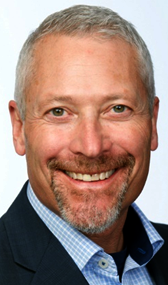
|
1:45 - 2:15 Networking Break in Chat Area
2:15 - 3:15 The Grid of Grids: Mesh Network Interconnection of Neighborhood, Community and Regional Microgrids
There's much talk and increasing deployment of individual microgrids at various points throughout our increasing challenged and threatened power grid. But the question for many remains, "how will my business potentially benefit from the microgrid movement?" Industry experts believe embedding microgrids in a modern mesh network, or "grid of grids", will double-down, in value terms, on the simple idea of using individual microgrids.
Networked microgrids simplify the integration of distributed, renewable and stored electricity resources. They further enable greater system-wide resiliency, efficiency and sustainability. This translates into greatly expanded market opportunities for enterprising stakeholders in the distributed generation, storage, conversion, management and smart energy use marketplace.
In this session, the integration and operation methodologies of DERs and networked microgrids for a resilient distribution grid will be introduced by Dr. Bo Chen of Argonne National Laboratory. Gary Oppedahl - Vice President of Emera Technologies and Brian Patterson - Chairman of the Board of the EMerge Alliance, will then provide an insider's view of just how these opportunities are shaping up from both the utility and open market perspective. The microgrids discussed include one at Kirtland AFB in NM, and planned residential community microgrids in Southshore Bay Florida in conjunction with Tampa Electric, and another residential microgrid in Mesa Del Sol, NM in conjunction with PNM.



|
|
3:45 - 4:15 Enhancing Power Resilience with Long-Duration Fuel Cell-based Auxiliary DC Systems: A U.S. Utility Substation Use Case
Utilities can achieve enhanced power resilience by using fuel cells to extend the duration of the mission-critical auxiliary DC systems (ADS) that backup high-voltage electrical substations, facilitating successful blackstart processes. In the event of extended outages of four hours or more, traditional sources of emergency power have many constraints, including uncertainty re battery-based ADS runtime, battery charge capacity limitations and smell, noise and emissions when forced to activate diesel generators. Replacing or supplementing traditional auxiliary power solutions with a fuel cell-based ADS can overcome these constraints and ensure ecofriendly, ultrareliable backup of auto-reclosers, complying with reliability and environmental standards and enhancing resilience of the power system against high-impact, low-frequency event risks.
- Use case pros and cons of fuel-cell based ADS options
- Fueling options, deployment best practices
- Impact on resilience KPIs

|
|

